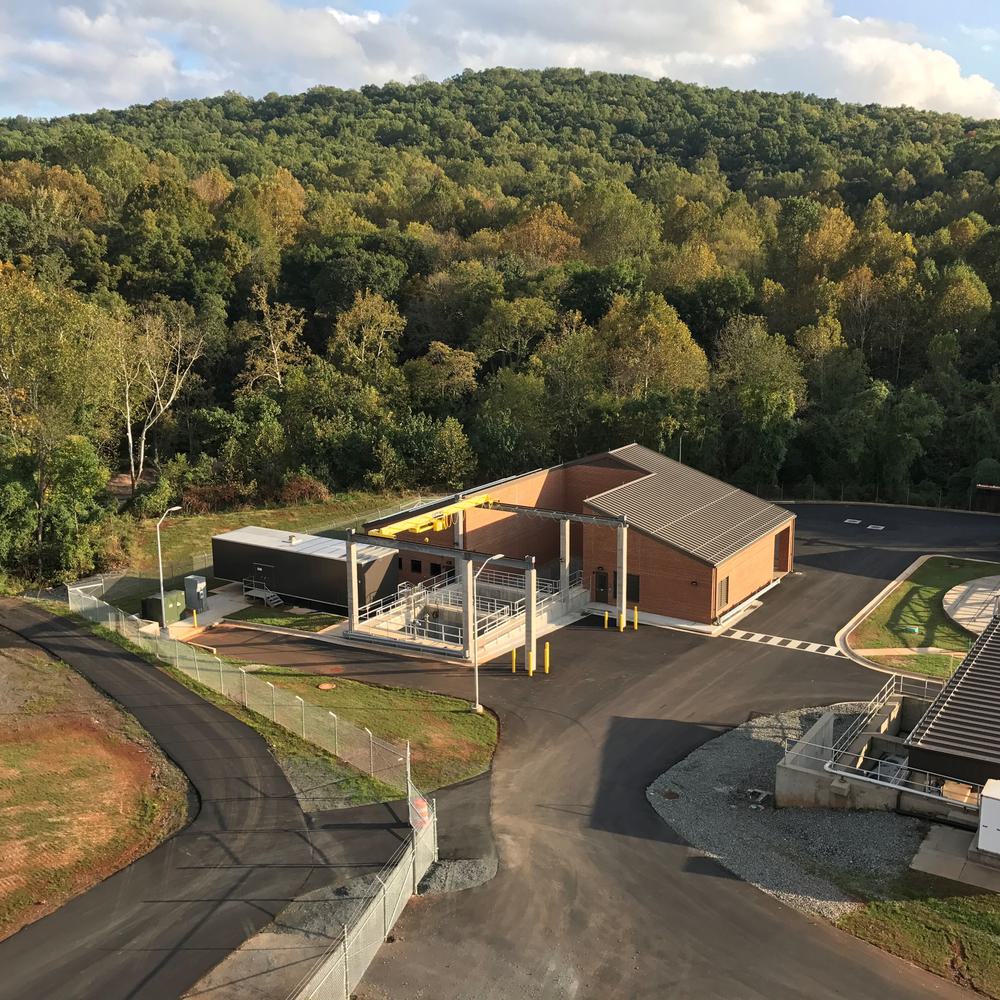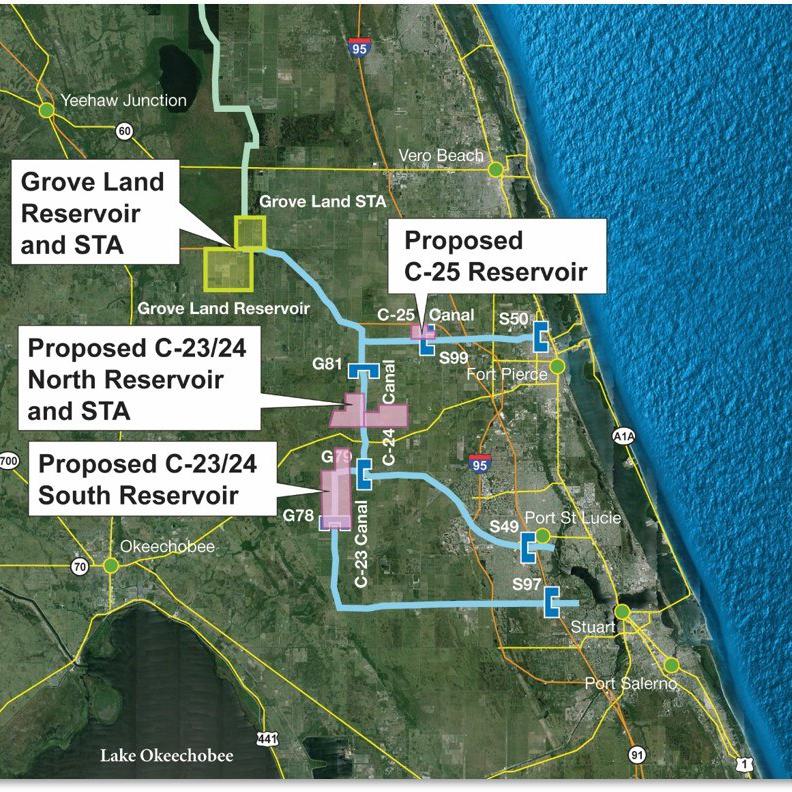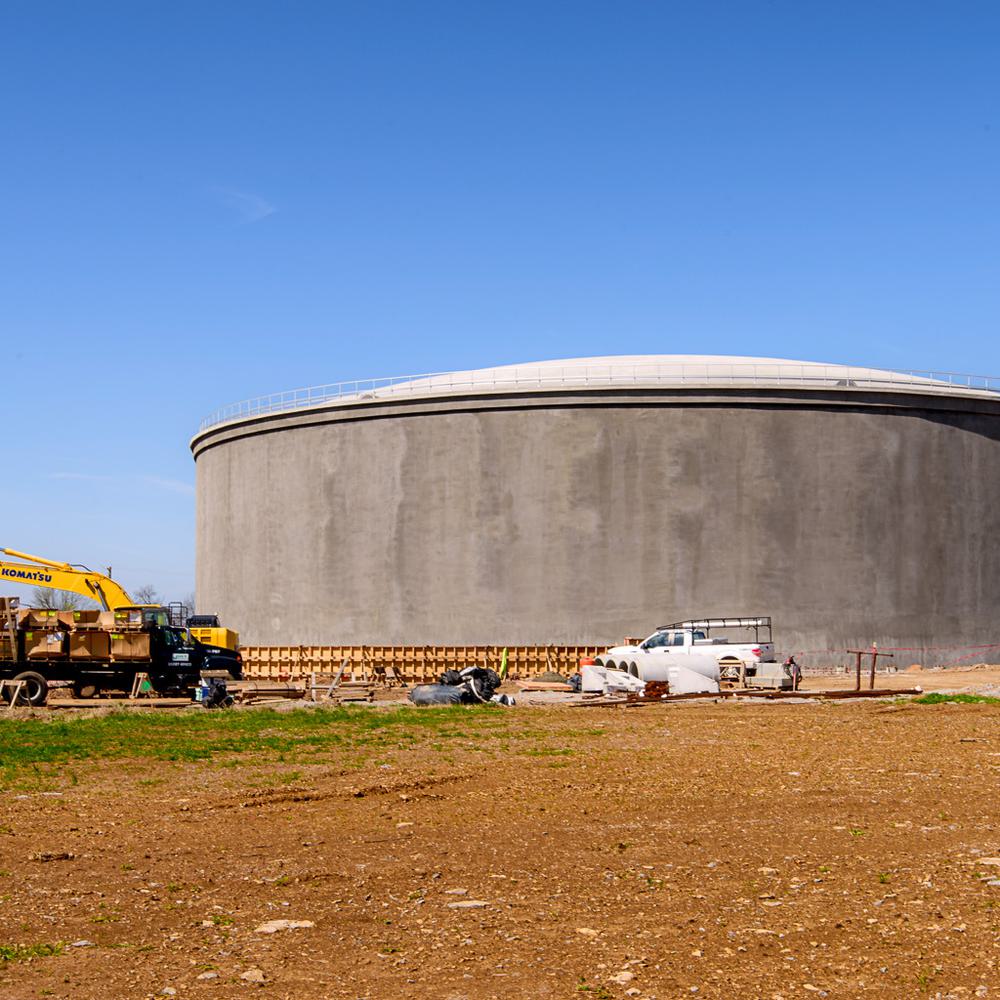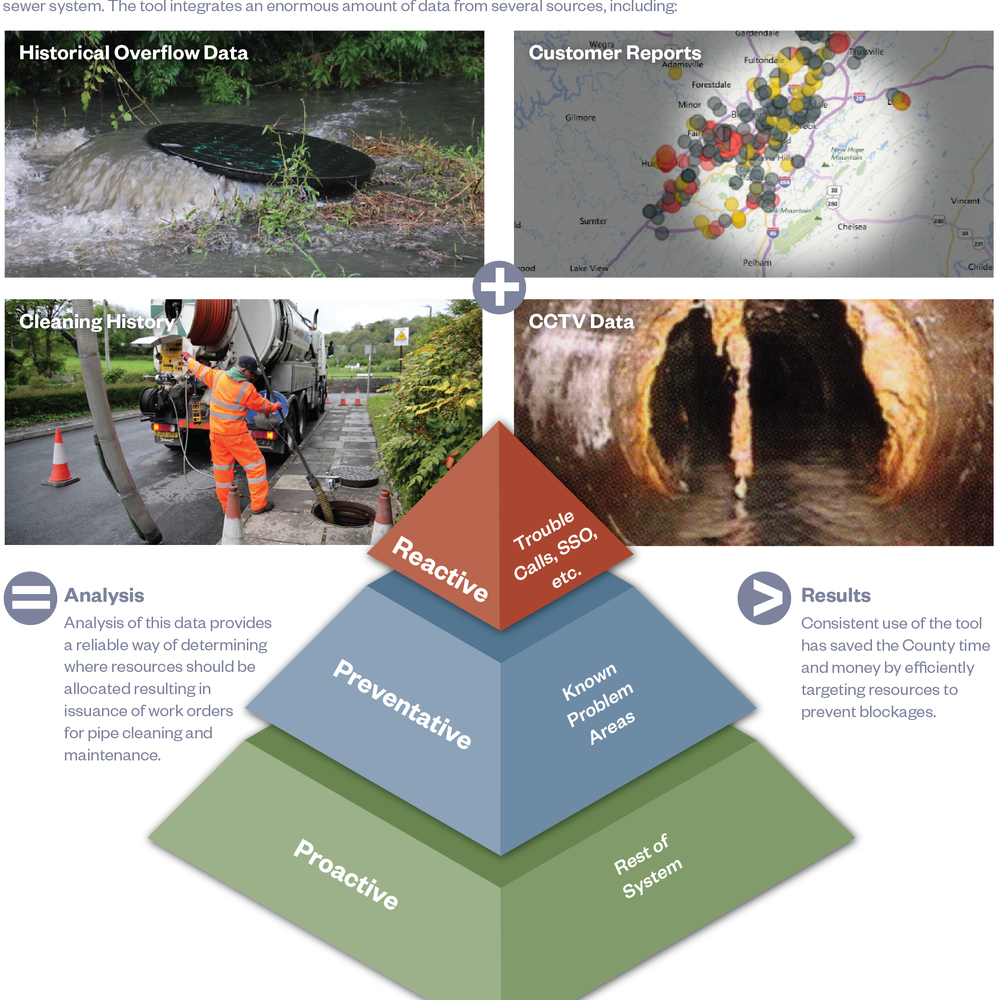Combined Sewer Upgrades to Protect and Improve the Gowanus Canal
The $1.1 billion Combined Sewer Overflow (CSO) upgrades to the Gowanus Canal include constructing 4 million-gallon and 8-million-gallon CSO tanks to better capture stormwater, significantly improve water quality to the canal, and enrich the community with a public amenity in a park-starved section of New York City.
At a Glance
- Project provided a generational upgrade to the conveyance infrastructure of Brooklyn, much of which is 150+ years old, resulting in a reduction of CSO discharges to a public waterway, and improving future uses of the waterway for the community.
- Resulted in the remediation of a contamination plume EPA placed on the Superfund list.
- Project also included the construction of a natural-area park in the undeveloped property surrounding the basin, providing a new public amenity for residents to enjoy.

Peter Young serves as Hazen’s corporate CSO Group Leader. His areas of expertise include CSO facility planning and design, BNR planning and design, and wastewater treatment.
Related Topics:
Since 2015, Hazen has been supporting the New York City Department of Environmental Protection (NYCDEP) to improve CSO capture to the Gowanus Canal through advancing the design for an 8 MG tank at the head of the canal and a 4 MG tank approximately halfway down the 1.8 mile-manmade waterway. The Gowanus Canal was constructed in the mid-1850s as a conduit for commerce for the City of Brooklyn. Extensive heavy industry along the canal led to the waterway (and adjoining properties) having legacy abatement issues in need of resolution to unlock these segments of Brooklyn for full public use.
Hazen and its partners led an extensive facility planning process to develop Basis of Design Reports for tanks under consideration. The sites in question are low-lying, and limited head was available for the preferred gravity flow-in configuration, making the hydraulic design a key consideration early in the project.
From the beginning, DEP’s operations bureau, the Bureau of Wastewater Treatment (BWT), was central to the planning and the design of the tank. More than 200 workshops were held involving BWT, fostering extensive collaboration to minimize the extent and nature of maintenance, provide multiple engineering controls to mitigate issues of concern, and to ensure access is always provided under a variety of flow and operating scenarios.
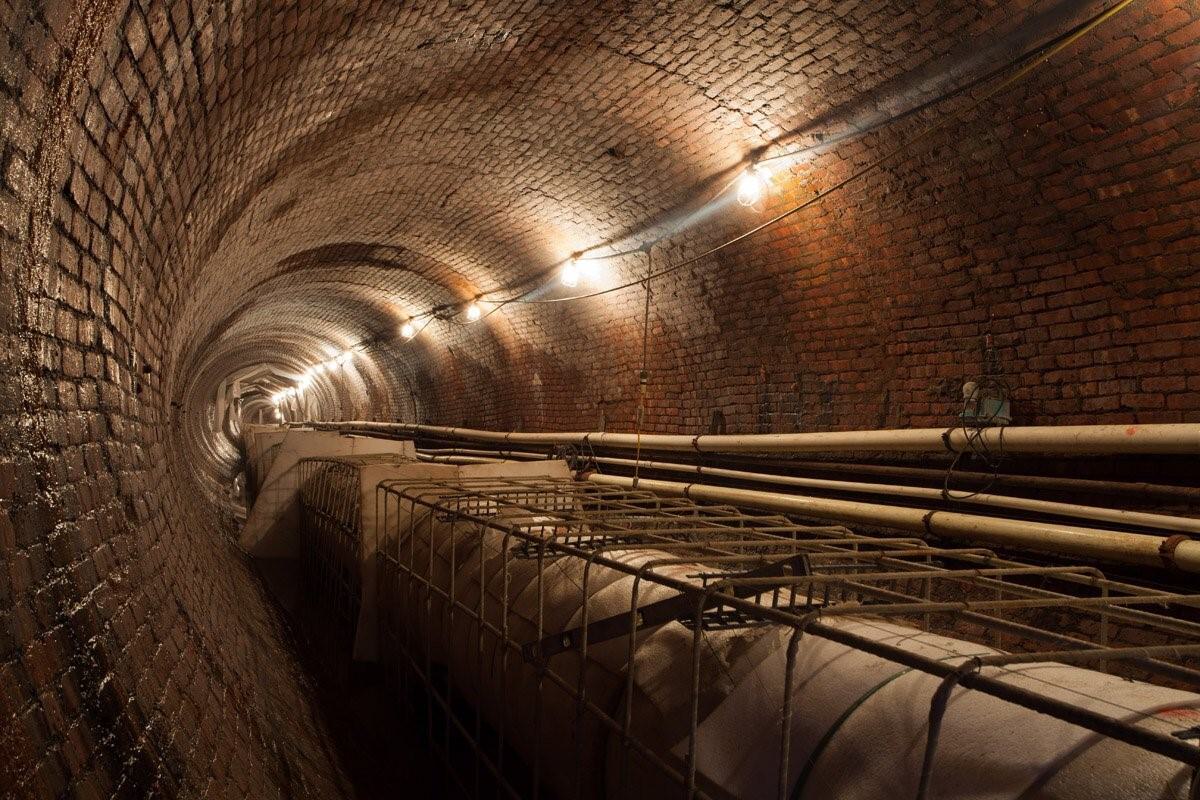
The use of 3D/4D BIM/CAD was central to the development of the conceptual design, and ultimately the finished design. 4D walkthroughs of the construction sequence of operations informed the CEQRA process and public outreach, while 4D walkthroughs of the finished facility helped DEP provide a more calibrated level of review comments than traditional plans and specs, which in turn allowed Hazen to offer a more calibrated product for our client. These advanced visualizations were also helpful in communicating with regulators on issues of concern, such as EPA.

Safety is a central tenet of DEP’s project delivery system, and safety was an internal point of emphasis throughout project execution. Field work was planned meticulously through detailed work plans that were reviewed by DEP’s Environmental Health & Safety team, and throughout the design process Safety by Design workshops emphasized the need to proactively build risk mitigation into all facets of design, construction, and operations of the finished facility. The project won DEP’s Project of the Year for Safety Planning in 2018.
Large-scale construction within the City of New York is incredibly complex, and the team worked with a variety of stakeholders on the Federal, State, City, Borough, and community group-level to balance feedback and deliver a product considerate of perspectives while focused on providing NYCDEP the CSO tanks within scope, schedule, and budget. The architectural campus design was selected by the NYC Public Design Commission (PDC) as a 2019 Project of the Year.




